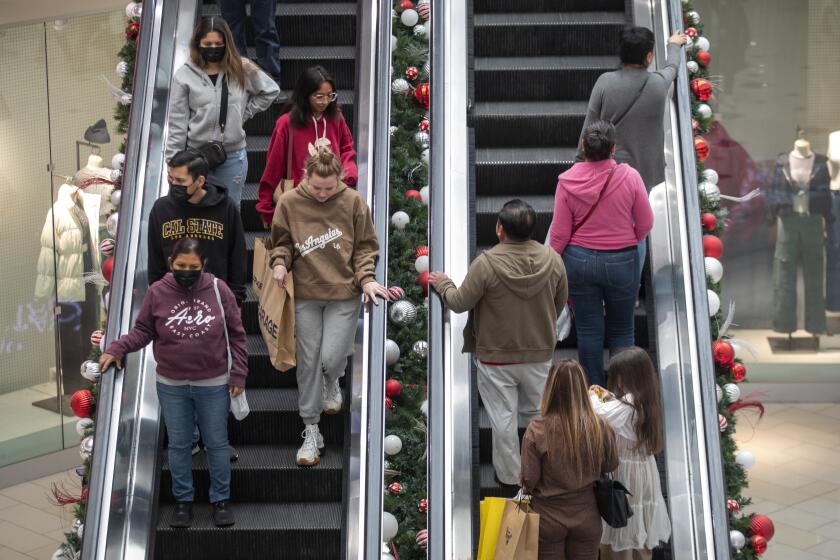Homeless Children in U.S. Paying Severe Price
Sitting in an old warehouse in drug-plagued East Oakland, Ayodele Nzinga Jenkins, 33, bitterly recalls the time her 10-year-old daughter described what it felt like to be homeless.
“She said she felt like an unwanted puppy, a puppy that had no home,” said the woman, a resident of the homeless shelter called Mission Safe.
She fondly remembers the time when she and her two children lived in a four-bedroom house with a backyard and pleasant neighbors. Now, she worries how her children have adapted to life in a 12-foot-square cubicle without a window, running water or a bathroom.
‘Lost Right’ to Childhood
“They no longer anticipate going back to that,” Jenkins said with a tired, resigned look. “They sort of lost the right to be kids.”
As the number of homeless children has increased, according to advocates for the homeless, so have the problems affecting them: feelings of isolation at school, academic problems, nagging insecurity and lost innocence.
The advocacy group National Coalition for the Homeless estimates the number of U.S. children under 12 without homes at 500,000 to 800,000.
The significance of the numbers is driven home at shelters such as Mission Safe, where 30 homeless people, some with children, struggle to survive in the dank warehouse and an adjoining room that serves as the men’s dormitory. A shelter official said the adverse conditions could affect the children as they grow older.
“There has got to be some damage,” said Charles E. Lawrence, acting director since April. “It depresses me that the children are starting out on such a bad foot.”
For Jenkins’ children, ages 10 and 7, there are influences inside the shelter that she doesn’t like, such as bad language and “low sexual mores,” and drugs and crime outside where the children play.
“They’re wilder than they were,” she said. “We live in a community inside this shelter. We’re an open community, so they’re influenced . . . they’re exposed to things that they wouldn’t normally be exposed to if they were in a home setting.”
The family has lived in the shelter since March 23, after Jenkins lost her plumbing job and could not afford to make house payments. The three then moved to a dingy hotel but could not afford the rent and had to enter Mission Safe, where they pay $125 a month for their room.
“Both my kids know you got to pay first and last month’s rent to secure an apartment,” said Jenkins, who tried in vain to save that amount.
Now the children ask her if there will be enough money for food, or for a class field trip.
Some individuals and social agencies are trying to remedy the increasing problems faced by children of the homeless.
40% Younger Than 12
The Oakland-based Emergency Services Network, a coalition of 85 agencies and individuals concerned with homelessness, conducted a yearlong study of shelter residents in Alameda County, which showed that 40% were younger than 12.
Marianne Lawless, co-chairman of the network’s Homeless Children’s Committee, said the panel sent a questionnaire to shelters asking about the needs of children. The No. 1 need listed was child care, which could free mothers to seek jobs and housing and make medical appointments.
The committee pushed successfully for passage of a bill in the Legislature last year providing homeless families access to special funds for short-term emergency child care, which had not been available because of a residency requirement.
The organization has also acted as a go-between for homeless families and schools, to try to ensure that children are allowed to continue attending even though they lack a permanent address.
Still, what most worries Lawless and other shelter employees are possible psychological effects on the children--isolation in school, not being able to invite friends home and high stress levels.
As one shelter worker put it, many of the children look “100 years old in their eyes.”
More to Read
More to Read
More to Read
Start your day right
Sign up for Essential California for news, features and recommendations from the L.A. Times and beyond in your inbox six days a week.
You may occasionally receive promotional content from the Los Angeles Times.






